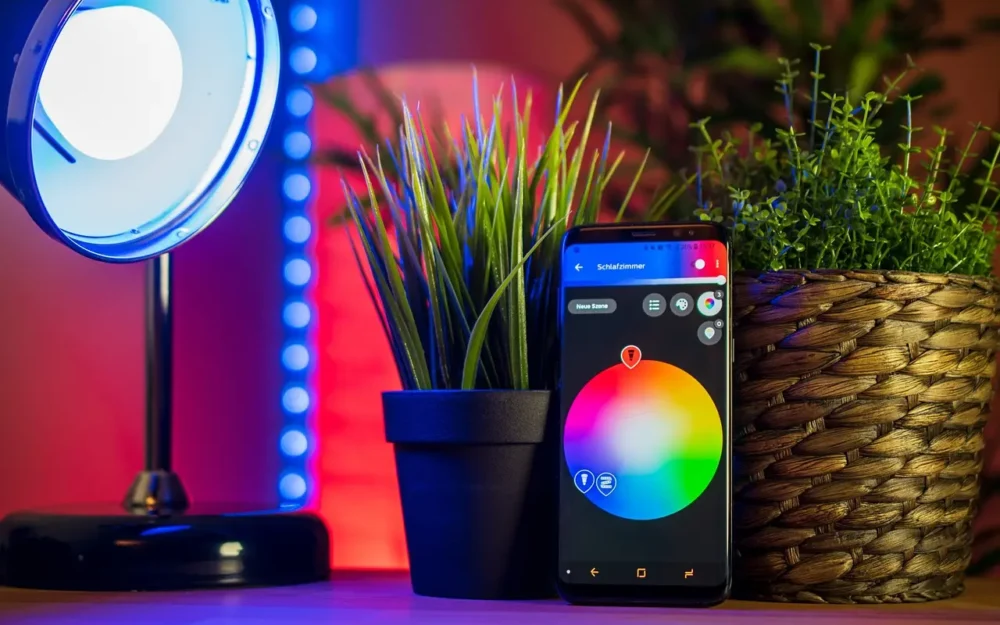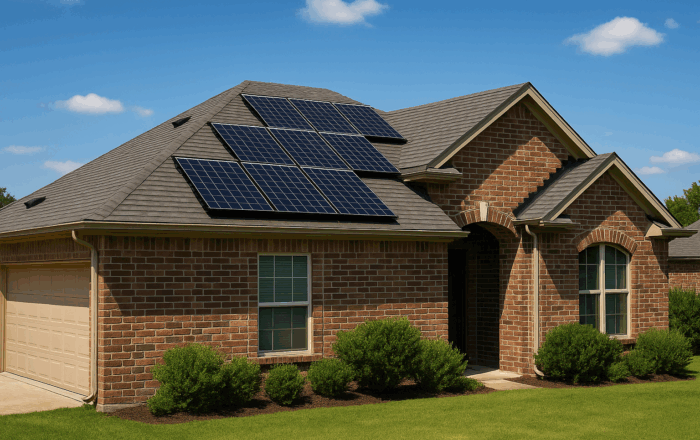Home Improvement Living in Texas
How Many Solar Panels Do You Need in Texas?
4 minute readHow to calculate the number of solar panels you need to power your Texas home
Home > BKV Energy Blog > All Posts > Do Smart Home Devices Actually Save You Money?
4 minute read • Last update February 2025

Smart home devices promise convenience, security, and energy efficiency—but do they actually save you money in the long run? With the rising popularity of smart thermostats, energy-efficient lighting, and automated appliances, many homeowners are eager to cut costs on utility bills. However, the upfront investment and ongoing maintenance can make people wonder if the savings truly outweigh the expenses. In this blog, we’ll break down the costs, benefits, and real-world impact of smart home technology to determine whether smart home devices are a worthwhile financial decision.
Smart home devices are gadgets designed to automate and optimize various functions within your home. These devices connect to the internet, allowing you to control them remotely through apps or voice commands. Some examples of smart home devices include thermostats, light bulbs, appliances, and security systems. Smart home devices can make life more convenient while helping to reduce energy consumption. By learning user behavior and making adjustments automatically, these devices help reduce energy consumption and lower utility costs.
Energy conservation is one of the primary benefits of smart home technology. Some popular devices include:
The smart home industry continues to evolve, bringing innovative energy-saving solutions. Some of the most popular smart home devices in 2025 include:
Smart home devices offer several benefits when it comes to reducing energy consumption. These devices are designed to optimize energy usage by automatically adjusting settings based on user behavior to increase their efficiency. Many smart gadgets provide real-time energy tracking, allowing homeowners to monitor and analyze their consumption patterns to make more informed decisions. Smart home devices offer several additional benefits when it comes to reducing energy consumption:
To get the most out of smart home devices, consider these strategies for optimizing energy use and maximizing savings:
The biggest financial benefit of smart home devices is their ability to lower energy costs. A smart thermostat alone can save homeowners up to 10-15% on heating and cooling bills. Smart lighting can cut down electricity usage by as much as 75% compared to traditional bulbs. Additionally, smart plugs and power strips prevent unnecessary energy waste from devices that are left on or in standby mode. These smart devices help reduce your energy bill by:
The cost of smart home devices varies widely. A basic smart thermostat costs around $100-$250, while more advanced systems can exceed $500. However, with energy savings of ~$100 per year, most smart thermostats pay for themselves in just a few years. Smart plugs, lighting, and power strips offer smaller but still notable savings. Over time, a fully optimized smart home can save hundreds of dollars annually on energy bills, making the investment worthwhile for most households. Reference the chart below for average cost, annual savings, & time to break even on the investment with smart home devices.
| Device Type | Average Cost | Average Annual Savings | Time to Break Even |
|---|---|---|---|
| Smart thermostat | $100 – $500 | $100 | 1 to 5 years |
| Smart plugs (per plug) | $10 – $30 | $10 – $50 | 8 months to 1 year |
| Smart lighting (per light) | $20 – $50 | $20 – $75 | 8 months to 1 year |
| Smart power strips | $20 – $50 | $10 – $50 | 1 to 2 years |
| Smart water heater | $500 – $1,500 | $100 – $300 | 5 years |
By calculating potential savings and considering rebates or incentives, you can determine if these devices are worth it for your household.
Now that you have determined which smart home devices would be financially beneficial to invest in. It’s essential to choose the right ones to maximize efficiency and savings. Here are some key considerations to guide your decision:
Pairing the right smart home devices with a simple fixed-rate energy plan is a great way to save energy & reduce costs. Explore BKV Energy’s simple and affordable fixed-rate electricity plans. Enter your zip code to explore rates in your area.
Graham Lumley, Digital Marketing Manager at BKV Energy, leads digital and traditional marketing strategies, focusing on educating Texans about the state's deregulated energy market. With over 8 years of marketing experience, he creates content to help consumers understand and save on their energy bills, bringing a fresh and dynamic approach to the industry.

Home Improvement Living in Texas
How to calculate the number of solar panels you need to power your Texas home

Gardening in Texas presents unique challenges. Long, hot summers and frequent droughts mean that traditional landscaping often requires significant water
Get $50 off your electric bill!
Use code BKVEJOINUS50
Enter your zip code to shop BKV Energy's affordable, fixed-rate Texas electricity plans. Use the promo code for $50 off your electric bill.